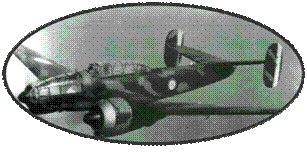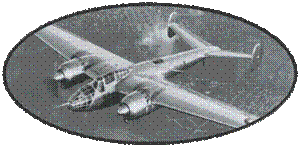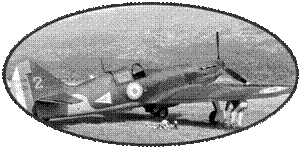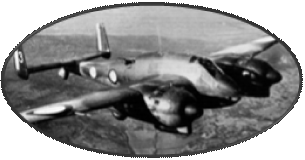The NC 150 was presented
by the company SNCAC (Merger of the Sté Hanriot and Farman) in
1938. The engine of this twin-engine aircraft was overfed via
compressors driven by a third engine, placed centrally in the
fuselage, above the bomb bay, called "Bi-Tri". The NC150 was also
designed to be pressurized, just like the NC130 of the same brand
which served as device of development clarification for this particularity.The
first two prototypes of the NC150 were therefore not to receive
this equipment, and only the third one was to benefit, taking
advantage of the experience of the NC130 under development. The
NC150 was designed primarily to use non-strategic materials: The
outer parts of the wings are made of wood, as are the tail and
nose of the aircraft. The empennages are of mixed construction
with the control surfaces of the duro.
The first prototype, NC150-01
made its first flight on May 11, 1939. Following the tests, the
aircraft received numerous improvements: modifications of compressors,
addition of a glass nose, modified rudders, ... The NC150 was
Transferred to the CEMA (Test Center of the Air Materials) at
the beginning of 1940, while the construction of the second prototype,
equipped this time, of its armament.
The events called into
question the project and it was asked the SNCAC to abandon the
pressurized bi-tri formula in favor of more conventional formulas
using Hispano-suiza 12Y compressor or Pratt & Whitney Double Wasp
engines respectively NC152 and NC153. It is true that the "Bi-Tri"
version presented a not insignificant design fault : the third
engine in the fuselage was not over-fed, and it is him who lost
the power at high altitude, where exactly he had to supply all
his power to feed compressors...The first prototype, NC150-01,
disappeared after its evacuation on Bordeaux-Mérignac, the second
one was never finished, and the third, NC151-01, which was to
be the final prototype equipped with pressurization, never came
into being.













